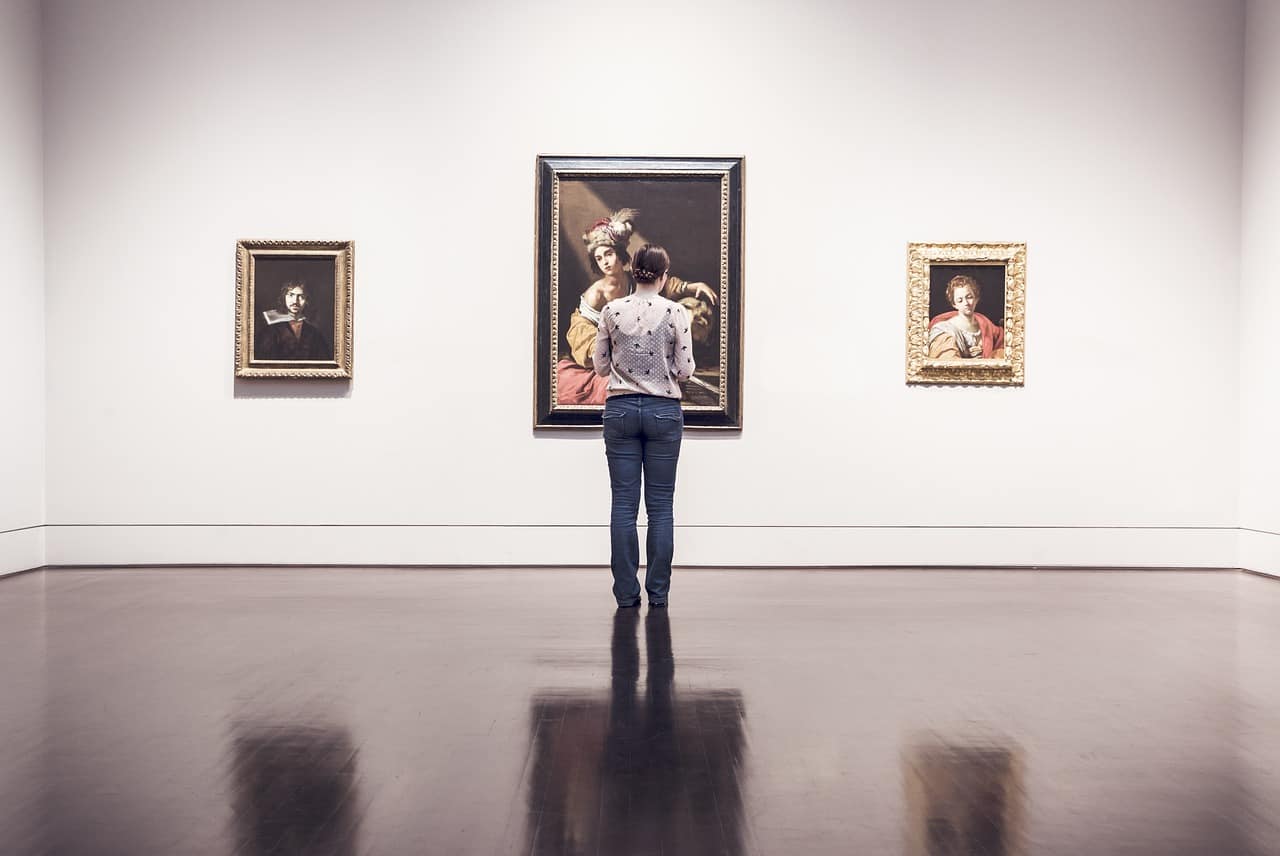How Does Fine Art Appraisal Work? (Why You Need Them)

Have you ever discovered what looks like a piece of fine art covered in years of dust in the attic? Wondering if it is an original or worth any money? Are you simply looking for an official evaluation of your family’s fine art estate for an insurance company? Would you like to know the asking price for your personal artwork? Maybe you are interested in donating art to a non-profit organization this year? A fine art appraisal can provide the information you need to make the best decision possible. This blog post will cover some of the common questions you might have regarding the fine art appraisal process.
What Does Art Appraisal Mean?
An appraisal is simply a professional opinion of the value of an object, in this case, an original work of art. The value of artwork is defined as the agreed amount between buyers and sellers.
In short, this definition explains that the value of an artwork is not a set mathematical formula, nor is it permanent in amount. The monetary value of art changes based on the relationship buyers and sellers have with that specific piece.
Where money is concerned in art, the value can considerably fluctuate with time, popularity, and market conditions.
Essentially, market research is done through consultations of both auction and private sales records, analyzing an artist’s artwork’s current value, and comparing market pricing for similar works.
What is an appraiser?
An art appraiser is a professional who assesses the monetary value of artwork. They may work for insurance companies, museums, or private individuals. To do their job, they must be familiar with different styles of art and the market values of various pieces. They must also be able to identify forgeries.
The appraiser is somebody who gives their professional opinion on the value of an artwork based on market evidence, without the influence of their personal biases and artistic taste.
Related: Fine Art Appraiser in San Diego

Types of Fine Art Appraisals
Depending on your intentions for the items, various fine art appraisals can be carried out. There are three different main types of appraisal that can take place, and you might see appraisals for resale, insurance, or donation. Other, less common appraisal types include ones performed for the estate tax, liquidation, and equitable division of property.
Resale Value
Appraisals for resale value are the “fair market value for purposes of art resale.” This evaluation finds the wholesale value of the artwork.
For instance, this is the amount you might expect to sell the artwork for. This does not, however, guarantee that the piece will sell for that same amount at any given time. Or provide any warranty that the work will sell at that price point in the first place.
Find a pre-loved piece of art on Sparks Gallery’s Secondary Market Page
Insurance Value
For art, insurance value is crucial because it can help protect the investment made in the piece and provide some peace of mind in case of damage or theft. The amount of insurance coverage will vary depending on the artwork, but it is typically significant.
What if a terrible storm sadly and unexpectedly destroyed a local art gallery? The insurance value would estimate how much it would cost to replace those artworks by using the sale cost of similar pieces or those posted online, or from appraisal documents.
This insurance value would consider some of the retail prices advertised by the gallery itself, which often are the highest of all the estimates taken. However, insurance values can be much lower than gallery prices, so most artwork owners keep the property as is and try to retain some of its value through time and restoration.
Donation
The third less common form of appraisal is used for donation purposes, defined in basic as the fair market value for donation purposes. This type of appraisal is used when you donate the artwork in question to a non-profit organization and would like to use the value of the artwork donation as a tax deduction.
This type of appraisal is like a resale appraisal because it does not consider retail prices as much as the auction and previous sales records.
Important Note for Artists: In the case of artists donating their artwork, donation value does not take into account the time and creativity an artist puts into their work. The only tax deduction an artist can take is the total cost of materials to produce the work.

What Does a Certified Art Appraiser Do?
Certified art appraisers are professionals who provide an opinion based on research about the value of things like antiques, artwork, and sometimes jewelry.
Appraisers can determine the price point and desirability of a specific piece of artwork. An art appraiser’s work involves a lot of time, research, and networking communications with artists, buyers, museums, art dealers, auction houses, and others.
Art history and fine art are two possible majors recommended for appraisers specializing in the arts. Both of these fields of study have a minimum of four years to graduate with a bachelor’s degree. Appraisers have to take courses to receive their certification and complete continuing education classes to remain certified by various appraisal associations.
Many appraiser associations require a set of rules to be followed, referred to as U.S.P.A.P. This entails procedures and clarifications for the legal and technical aspects of appraising. Appraisers with this certification are trusted by the I.R.S. and insurance companies for claims and other important tax purposes.
Related: Gaslamp Quarter Events Calendar
Why or When Would You Want an Art Appraisal Done?
An appraisal report is a legal document that needs to be backed by a court of law. An appraiser will take a percentage fee for this appraisal, which is much different from a basic evaluation of a piece that estimates general value.
You will know through key artwork factors if an official art appraisal is worth it. Artist, authenticity, conditions, exhibition, history, provenance, subject matter, size, and rarity are just some of the things you look for before appraisal.
Sparks Gallery is a unique place that houses a collection of art done by local artists. Visit Sparks Gallery Online to learn more about Fine Art by Southern California Artists.

